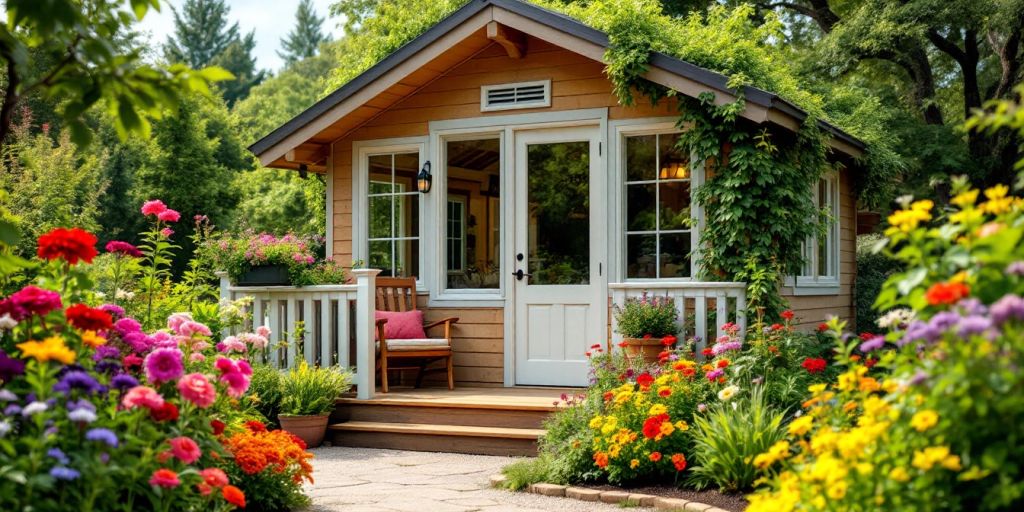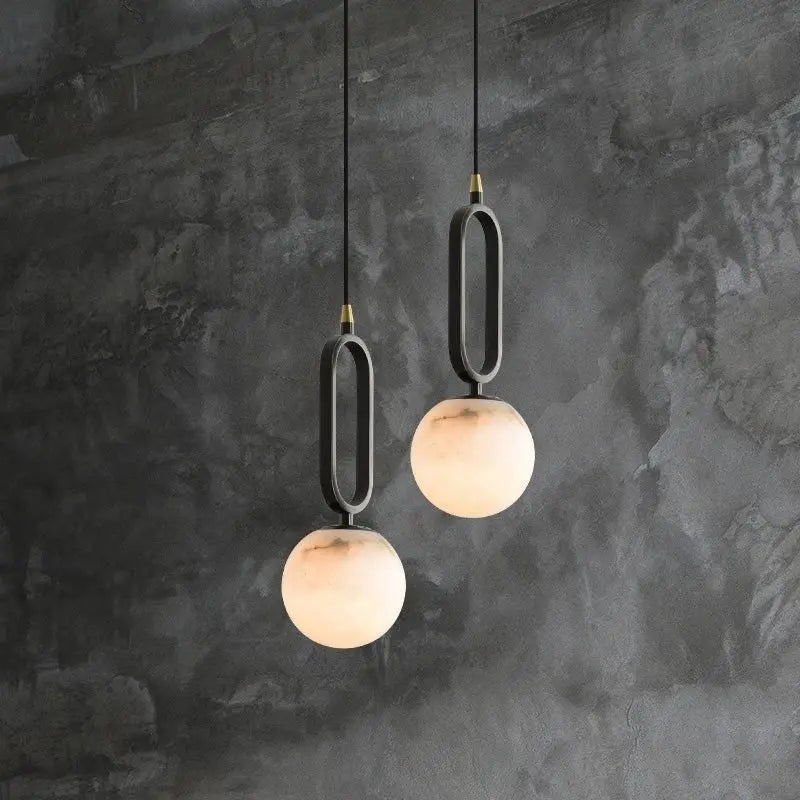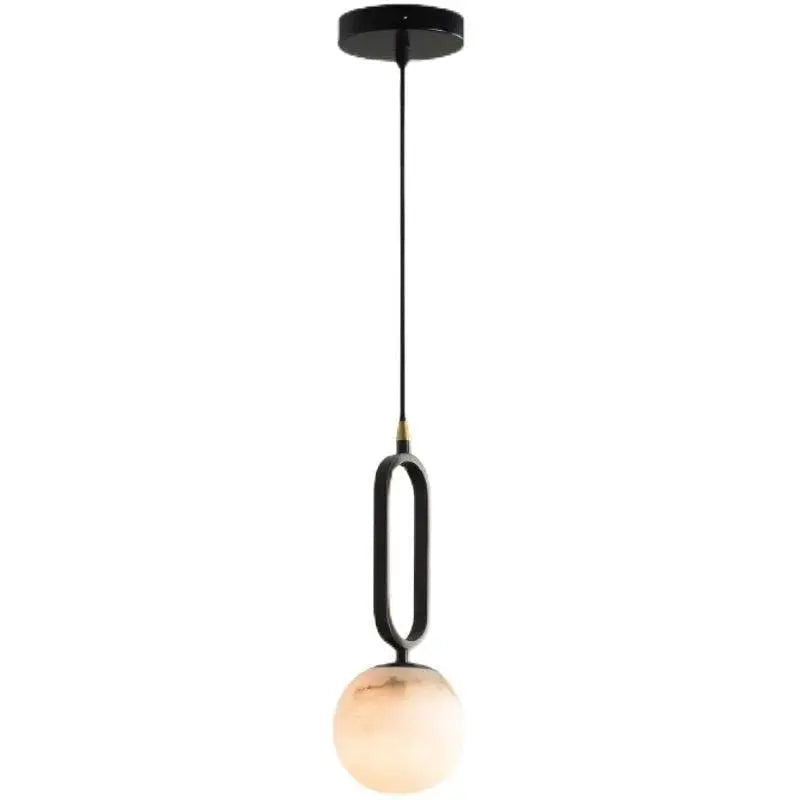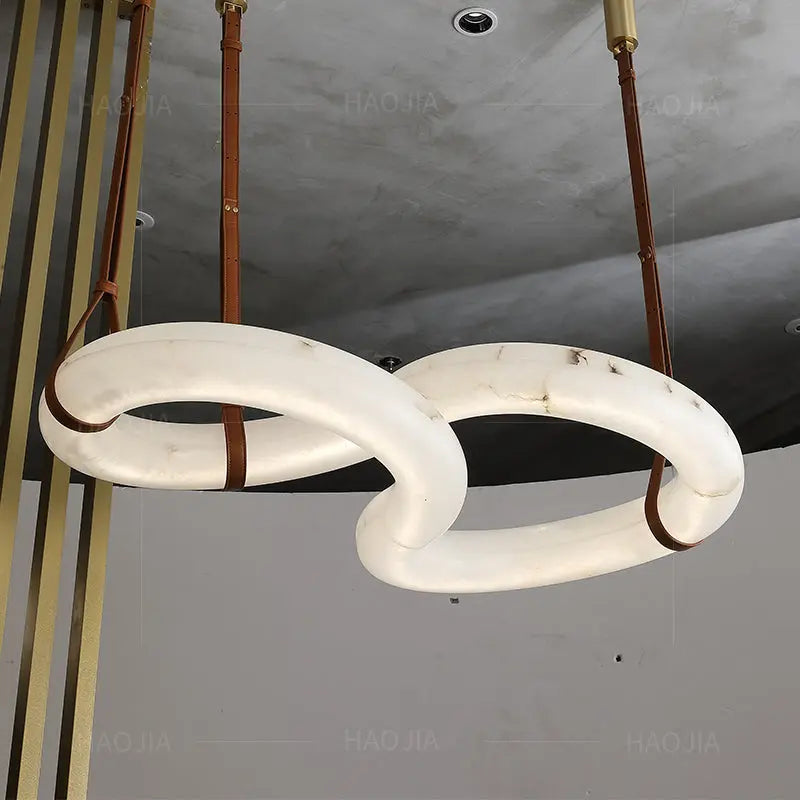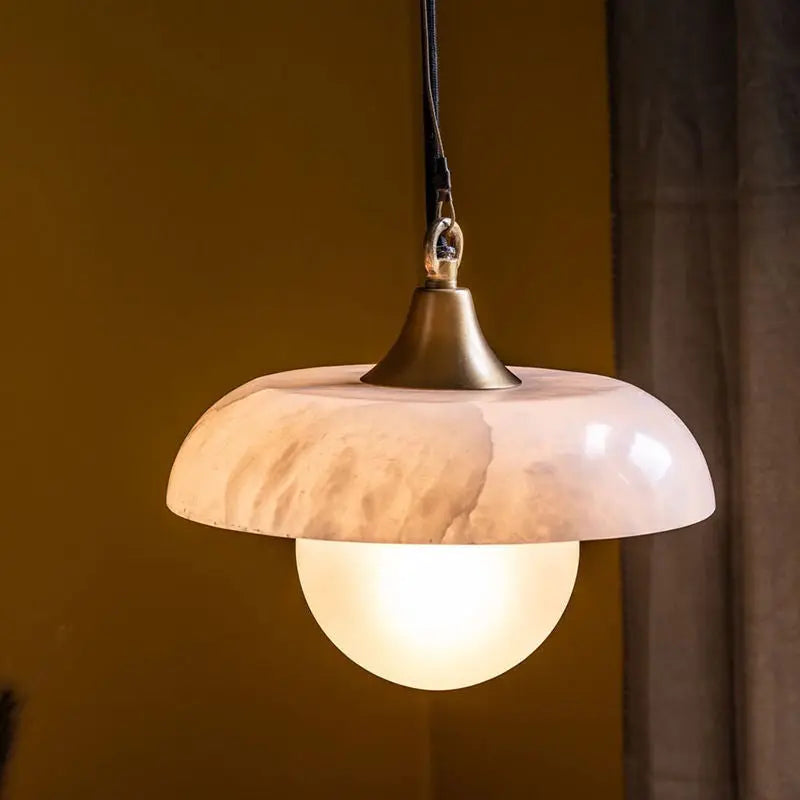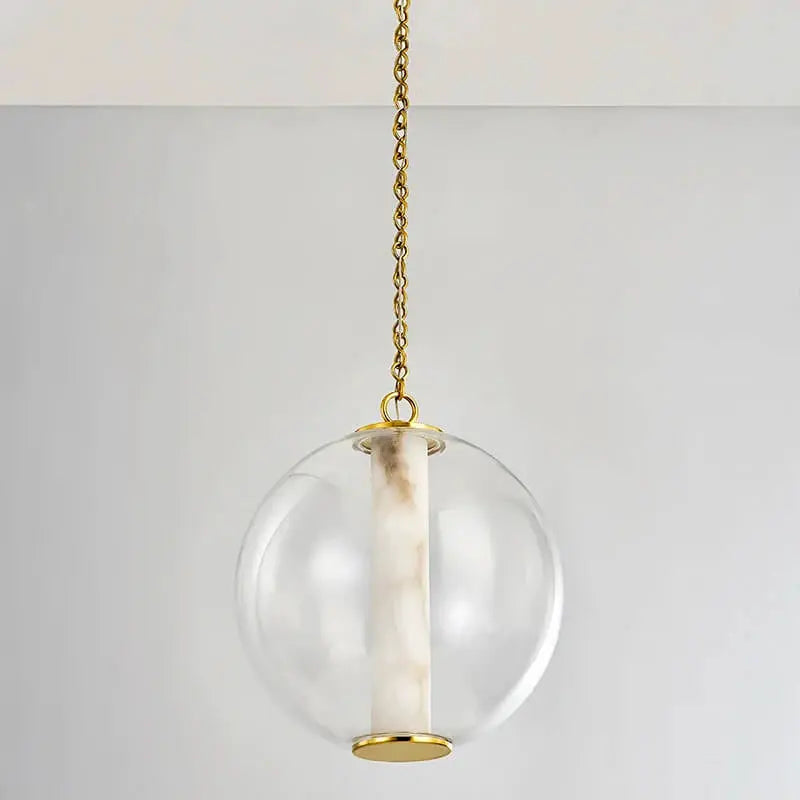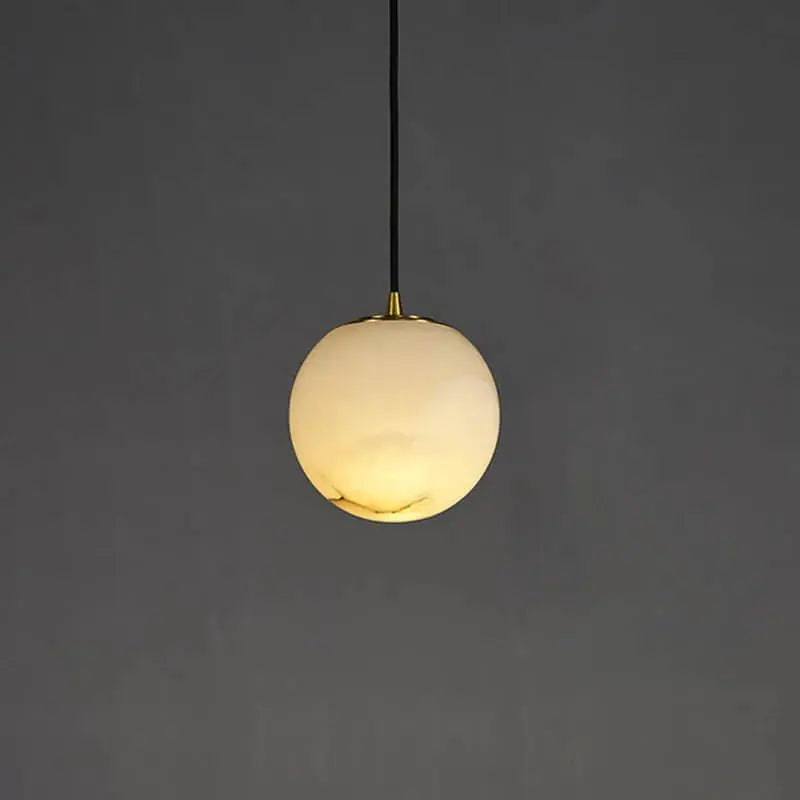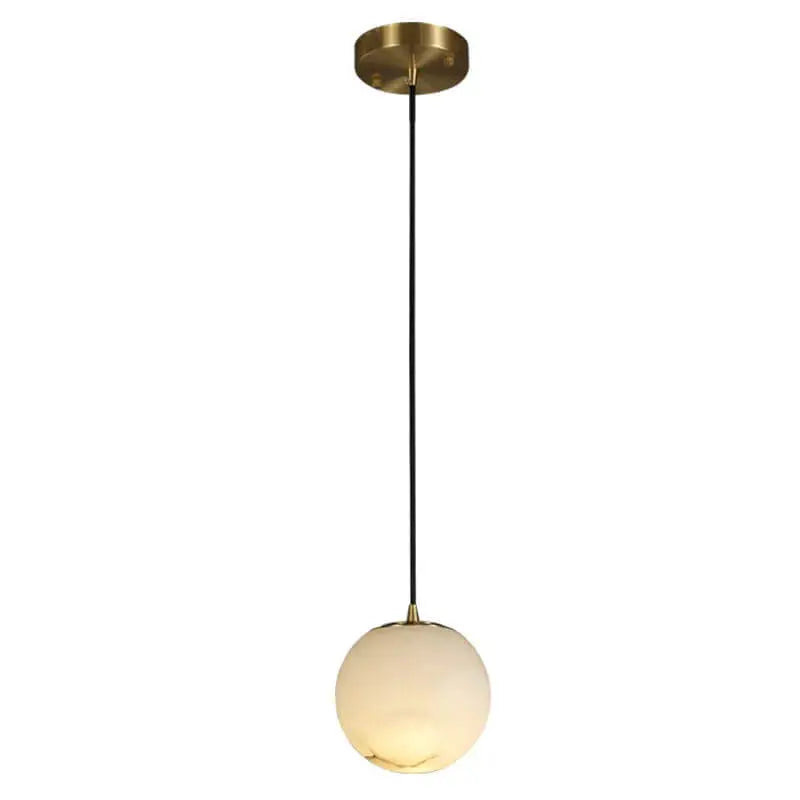Transforming your outdoor space with an insulated garden house can create a comfortable and functional area for various activities. This guide will explore the benefits, insulation options, DIY tips, professional installation advice, and maintenance strategies for your insulated garden house, ensuring you can enjoy it all year round.
Key Takeaways
- An insulated garden house offers energy savings and comfort in every season.
- Choosing the right insulation material is essential for effectiveness and budget.
- DIY insulation can be cost-effective with the right tools and guidance.
- Professional installation can ensure quality and save time for complex projects.
- Regular maintenance keeps your insulated garden house in top shape for years.
Understanding the Benefits of an Insulated Garden House
An insulated garden house can change your outdoor space into a cozy retreat. It helps keep the temperature just right, making it usable all year round. Here are some key benefits:
Energy Efficiency and Cost Savings
- Lower Energy Bills: Insulation reduces the need for heating in winter and cooling in summer, which can save you money.
- Less Energy Waste: Proper insulation keeps the temperature stable, meaning less energy is wasted.
- Environmentally Friendly: Using less energy is better for the planet.
Year-Round Usability
- Comfortable Space: Insulation makes your garden house comfortable in any season.
- Versatile Use: Whether for work, relaxation, or hobbies, you can enjoy your space all year.
- Healthier Environment: Insulation helps prevent mold and condensation, making it a healthier place to be.
Enhanced Comfort and Noise Reduction
- Quieter Space: Insulation helps block outside noise, creating a peaceful environment.
- Better Focus: If you use your garden house as an office, the quiet can help you concentrate better.
- Relaxation Spot: Enjoy a calm space away from the hustle and bustle of daily life.
Insulating your garden house not only improves comfort but also adds value to your property. It’s a smart investment for your home and lifestyle.
By understanding these benefits, you can see why an insulated garden house is a great addition to your outdoor space. It’s not just about comfort; it’s about creating a functional area that enhances your home.
Choosing the Right Insulation for Your Garden House
Selecting the right insulation is essential for creating a cozy and energy-efficient garden house. Here are some key points to consider:
Types of Insulation Materials
- Fiberglass Insulation: Affordable and effective, it fits well in various spaces. However, be cautious of its irritant fibers.
- Cellulose Insulation: Made from recycled paper, it's eco-friendly and offers good thermal performance.
- Foam Board Insulation: Provides high thermal resistance and is easy to install.
- Reflective Foil Insulation: Reflects heat, keeping your space comfortable year-round.
Factors to Consider When Selecting Insulation
- R-Value: This measures thermal resistance. Higher R-values mean better insulation.
- Local Climate: Colder areas need thicker insulation for comfort.
- Building Regulations: Check local codes for minimum insulation standards.
Comparing Costs and Benefits
| Insulation Type | Cost (per sq ft) | R-Value | Benefits |
|---|---|---|---|
| Fiberglass | $0.50 | 2.9 | Affordable, widely available |
| Cellulose | $0.75 | 3.5 | Eco-friendly, good performance |
| Foam Board | $1.00 | 5.0 | High resistance, easy to cut |
| Reflective Foil | $0.80 | 6.0 | Reflects heat, prevents moisture |
Choosing the right insulation can transform your garden house into a comfortable retreat.
By understanding the different types of insulation and their benefits, you can make an informed decision that suits your needs and budget. Whether you opt for a White luxury chandelier for living room or focus on Garden house design, the right insulation will enhance your space's usability and comfort.
DIY Insulation: Transforming Your Garden House on a Budget
Insulating your garden house can be a fun and cost-effective project. Here’s how to do it on a budget:
Essential Tools and Materials
To get started, you’ll need:
- Insulation material (like fiberglass or foam board)
- Caulk or expanding foam for sealing gaps
- Safety gear (gloves, goggles, masks)
- Basic tools (utility knife, measuring tape, and a staple gun)
Step-by-Step Installation Guide
- Preparation: Clear out your garden house and clean the area.
- Measure: Measure the walls, roof, and floor to determine how much insulation you need.
- Seal Gaps: Use caulk or foam to seal any cracks around windows and doors to prevent air leaks.
- Install Insulation: Follow the instructions for your chosen insulation material. Make sure to fill all spaces without leaving gaps.
- Cover Up: Once installed, cover the insulation with a vapor barrier if needed, and finish the walls with plasterboard or cladding.
Safety Tips for DIY Insulation
- Always wear protective gear when handling insulation materials.
- Ensure proper ventilation in your garden house while working.
- Take your time to avoid mistakes that could lead to air leaks.
Remember, insulating your garden house not only keeps it comfortable but also saves on energy costs.
By following these steps, you can create a cozy retreat that you can enjoy throughout the year. Whether you’re looking for a small garden house with bathroom or a modern garden house with bathroom, proper insulation is key to maximizing your space. Don't forget to consider the cost of garden room with shower and toilet options if you're planning to add more features!
Professional Installation: When to Call the Experts
When it comes to insulating your garden house, professional installation can save you time and ensure quality. Here are some key points to consider:
Advantages of Hiring Professionals
- Expertise: Professionals have the knowledge and experience to choose the right insulation materials and techniques.
- Efficiency: They can complete the job faster, minimizing disruption to your outdoor space.
- Quality Assurance: Professionals ensure that the insulation is installed correctly, which can prevent future issues.
What to Expect During Installation
- Initial Consultation: A professional will assess your garden house and discuss your needs.
- Material Selection: They will help you choose the best insulation materials based on your budget and requirements.
- Installation Process: The team will handle all aspects of the installation, ensuring everything is up to code.
Cost Considerations
| Service Type | Estimated Cost Range |
|---|---|
| Basic Insulation | $1,000 - $2,500 |
| Advanced Insulation | $2,500 - $5,000 |
| Custom Solutions | $5,000+ |
Hiring professionals for insulation can be a wise investment, ensuring your garden house remains comfortable and energy-efficient year-round.
In conclusion, while DIY projects can be rewarding, sometimes it’s best to call in the experts to ensure your insulated garden house meets all your expectations and needs.
Maximizing the Use of Your Insulated Garden House
An insulated garden house can be a fantastic addition to your property, providing a versatile space for various activities. Here are some creative ways to make the most of your insulated garden house:
Creating a Home Office or Studio
- Design a productive workspace: Use ergonomic furniture and good lighting to create a comfortable home office.
- Incorporate technology: Ensure you have reliable internet and power sources for your devices.
- Personalize your space: Add decor that inspires you, like art or plants.
Designing a Relaxation or Entertainment Space
- Comfortable seating: Invest in cozy furniture for lounging or entertaining guests.
- Lighting options: Consider adding a modern luxury chandelier for living room vibes to enhance the atmosphere.
- Outdoor connection: Create a seamless flow between your garden house and outdoor space with large windows or doors.
Incorporating Sustainable Features
- Energy-efficient appliances: Use appliances that save energy to reduce your carbon footprint.
- Natural materials: Choose sustainable materials for furniture and decor.
- Solar panels: If possible, install solar panels to power your garden house sustainably.
An insulated garden house is not just a structure; it’s an opportunity to create a unique space that reflects your lifestyle and needs. Maximize its potential by designing it thoughtfully and incorporating elements that enhance its functionality and comfort.
By following these ideas, you can transform your insulated garden house into a space that serves multiple purposes, from a cozy retreat to a productive workspace. Whether you’re looking for a luxury chandelier for living room near me or simple decor, the possibilities are endless!
Maintenance Tips for Your Insulated Garden House
Keeping your insulated garden house in great shape is essential for enjoying its benefits year-round. Here are some important maintenance tips to consider:
Regular Inspection and Upkeep
- Check for leaks: Regularly inspect your garden house for any signs of air leaks, especially around windows and doors. Sealing these gaps can help maintain energy efficiency.
- Inspect insulation: Look for any damaged or compressed insulation. If you find any, consider replacing it to ensure optimal performance.
- Clean gutters: Keep gutters and downspouts clear of debris to prevent water damage and ensure proper drainage.
Addressing Common Issues
- Mould and mildew: If you notice any signs of mould, address it immediately. Use a mixture of water and vinegar to clean affected areas.
- Pest control: Regularly check for signs of pests. Seal any entry points to keep your garden house pest-free.
- Paint and finish: Repaint or refinish surfaces as needed to protect against weather damage and maintain aesthetics.
Seasonal Maintenance Checklist
- Spring: Inspect the roof and clean gutters. Check for any winter damage.
- Summer: Ensure ventilation is working well to keep the space cool.
- Fall: Prepare for winter by sealing any gaps and checking insulation.
- Winter: Monitor heating systems and ensure they are functioning properly.
Maintaining your insulated garden house not only enhances its comfort but also prolongs its lifespan. Regular checks and timely repairs can save you money in the long run.
By following these maintenance tips, you can ensure that your insulated garden house remains a cozy and functional space for years to come. Remember, a little upkeep goes a long way!
Taking care of your insulated garden house is key to keeping it cozy and functional. Regularly check for any leaks or damage, and make sure to clean the insulation to maintain its effectiveness. For more tips and to explore our range of beautiful lighting options, visit our website today!
Final Thoughts
In summary, making your garden room well-insulated is essential for turning it into a cozy and energy-saving area that you can enjoy throughout the year. By choosing the right insulation type and thickness, and paying attention to doors and windows, you can greatly improve the comfort and usefulness of your outdoor space. Whether you decide to take on the project yourself or hire experts, the advantages of a properly insulated garden room are significant, making all your efforts worthwhile.
Frequently Asked Questions
What are the main benefits of having an insulated garden house?
Insulated garden houses help keep the temperature comfortable all year, reduce noise from outside, and save on energy bills by keeping heat in during winter and cool air in during summer.
How do I choose the right insulation for my garden house?
When picking insulation, think about the type of material, how much it costs, and how easy it is to install. Popular choices include fiberglass and mineral wool.
Can I insulate my garden house myself?
Yes, you can! With the right tools and materials, you can follow simple steps to insulate your garden house on a budget.
When should I hire a professional for insulation?
If you're unsure about the insulation process or if your project is large, it's best to hire experts. They can ensure proper installation and save you time.
What can I use my insulated garden house for?
You can turn your insulated garden house into a home office, a gym, a craft space, or even a cozy place to relax and entertain guests.
How do I maintain my insulated garden house?
Regularly check for any damage, clean the space, and follow a seasonal checklist to keep everything in good shape.

